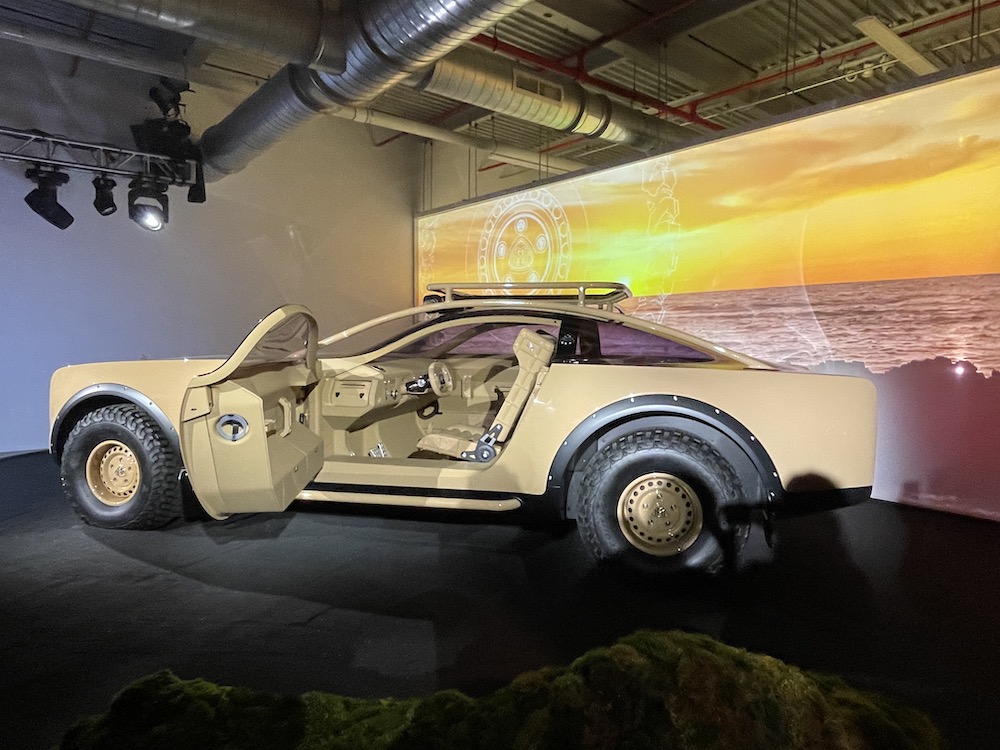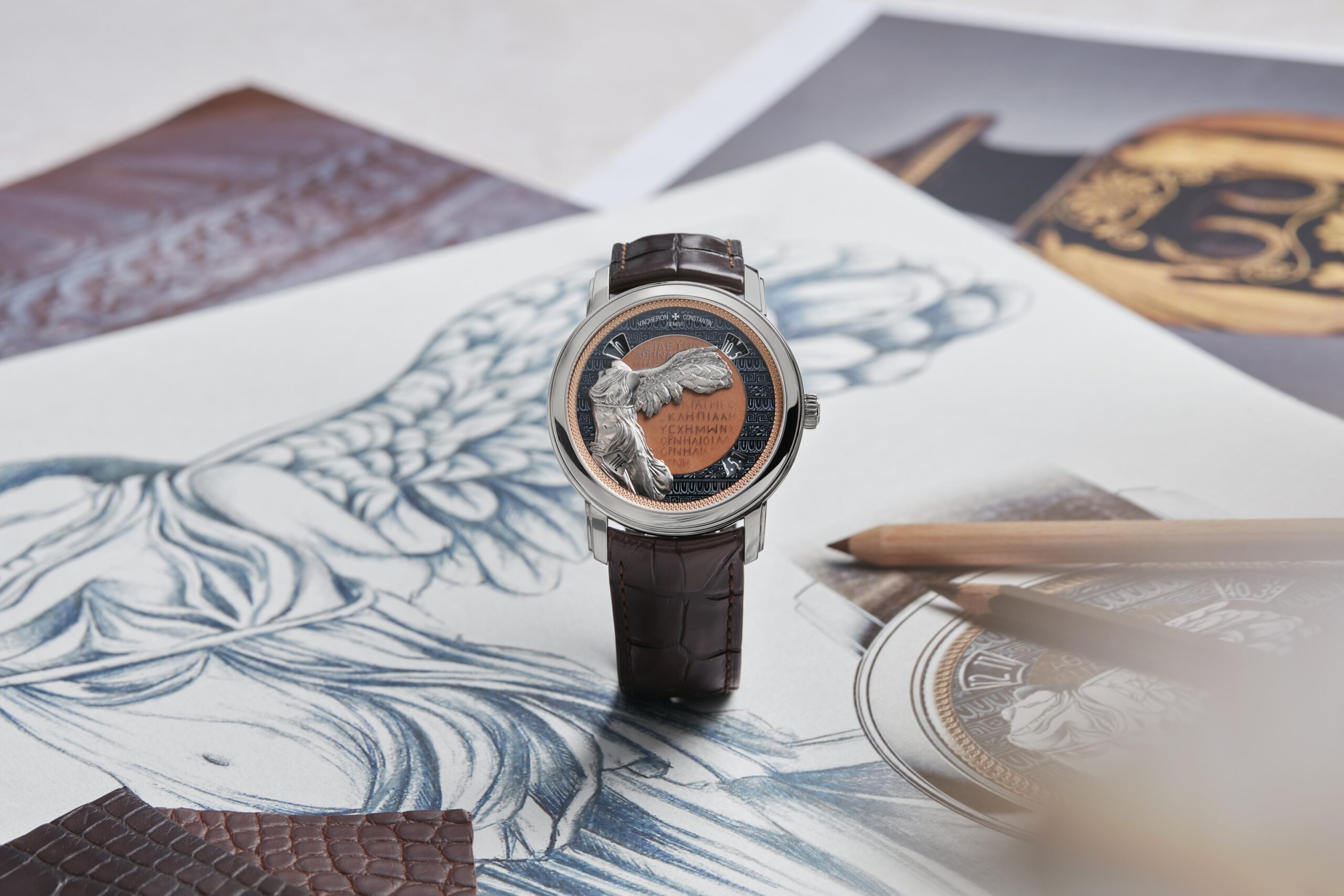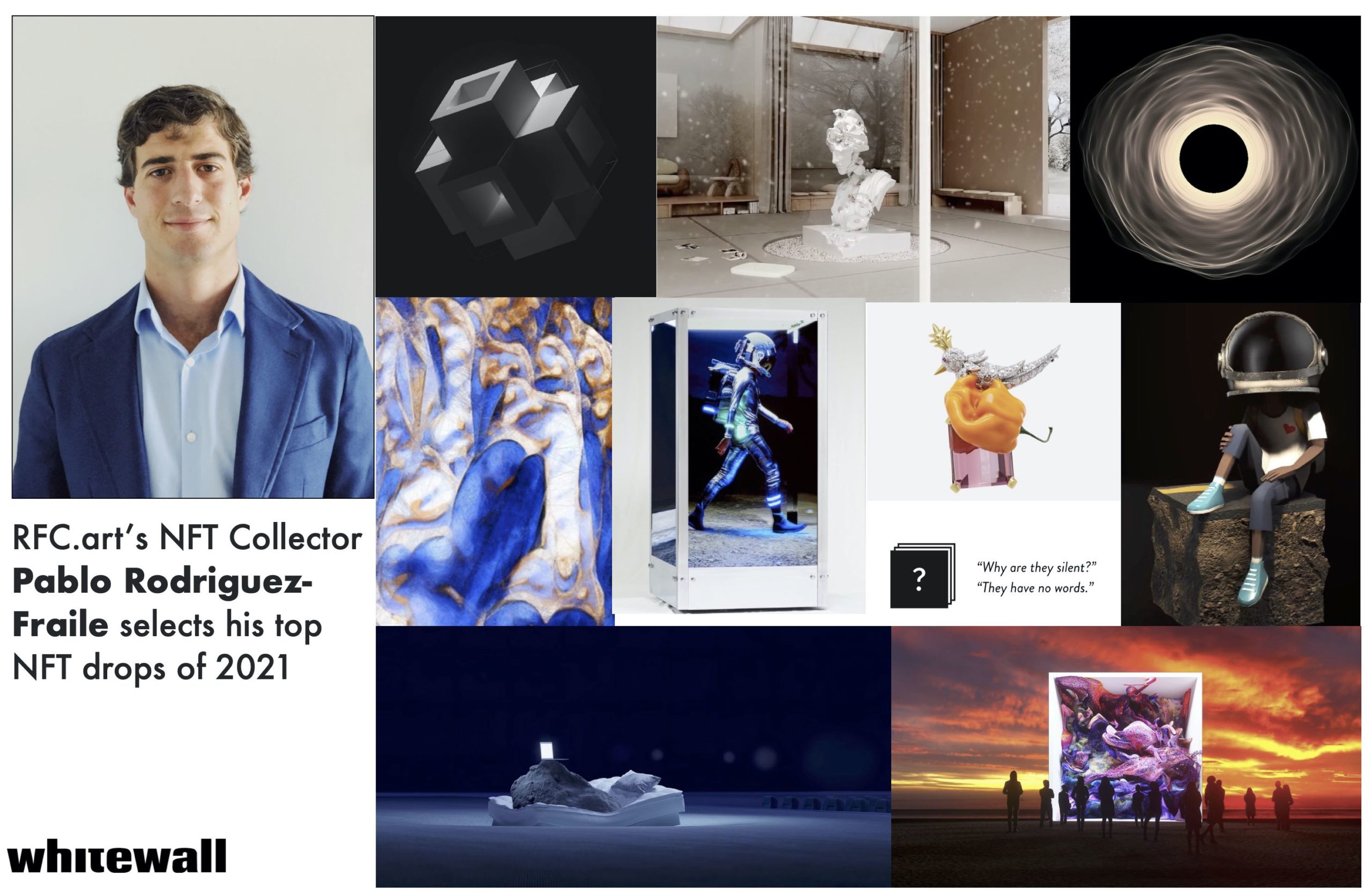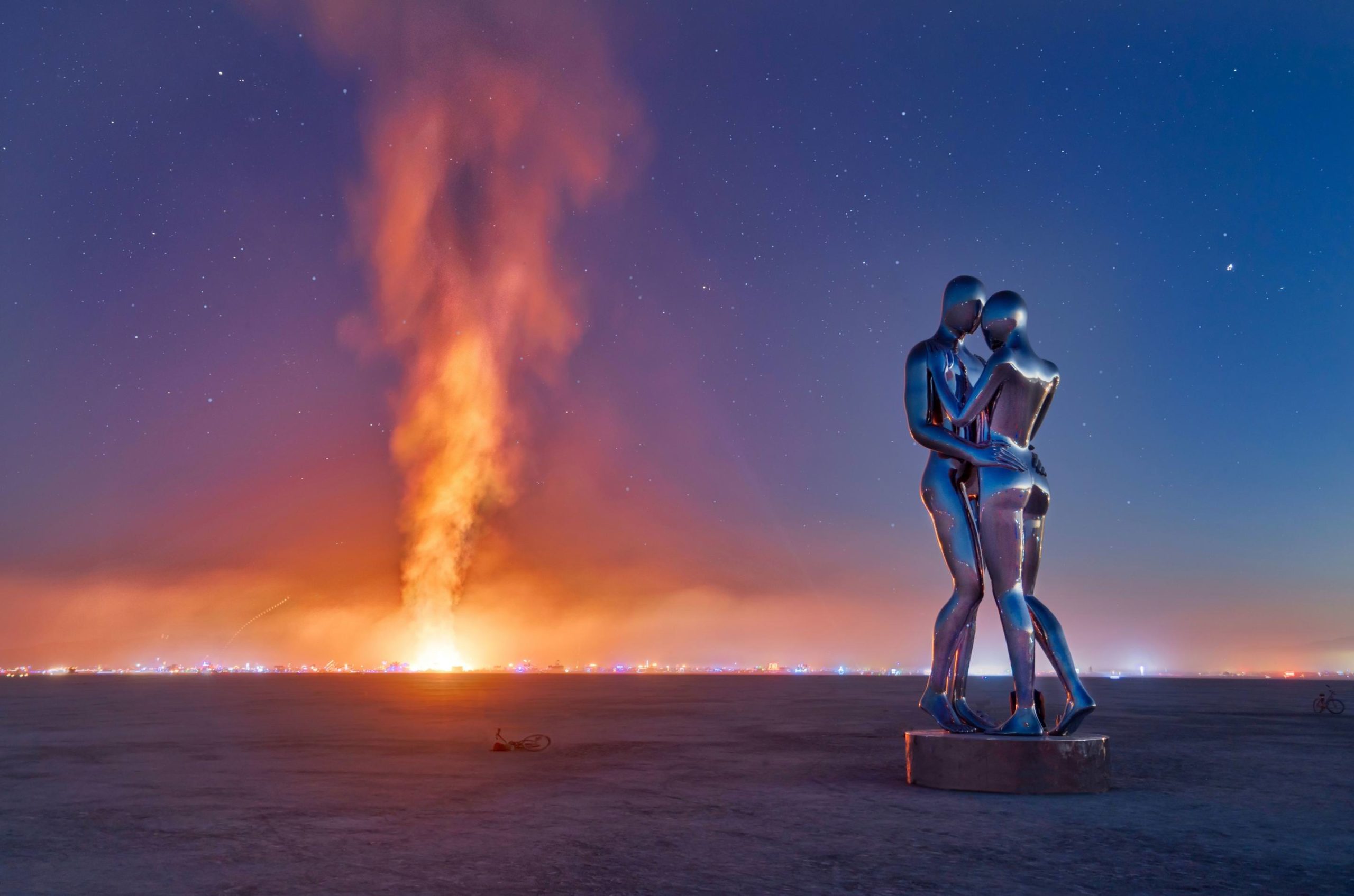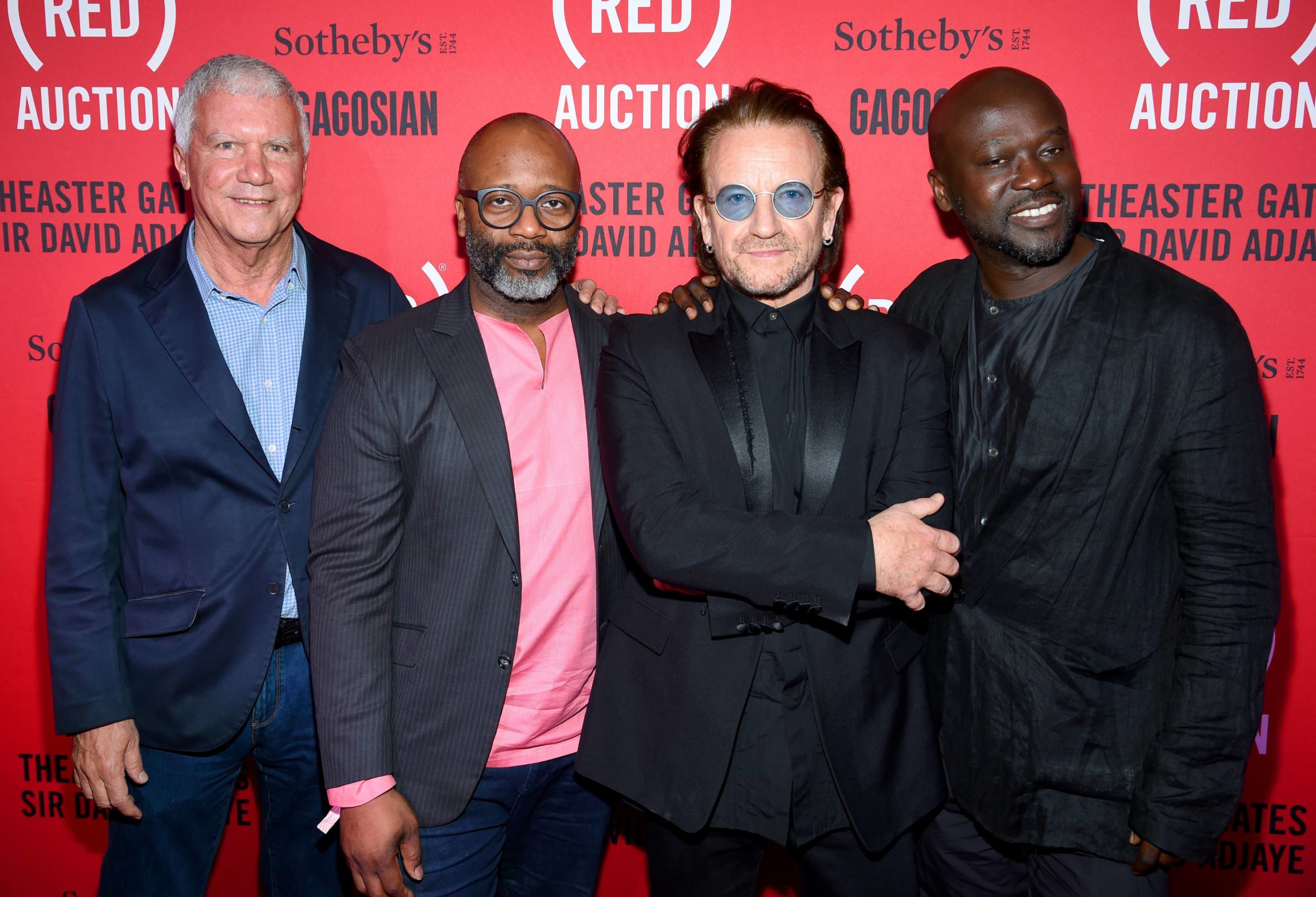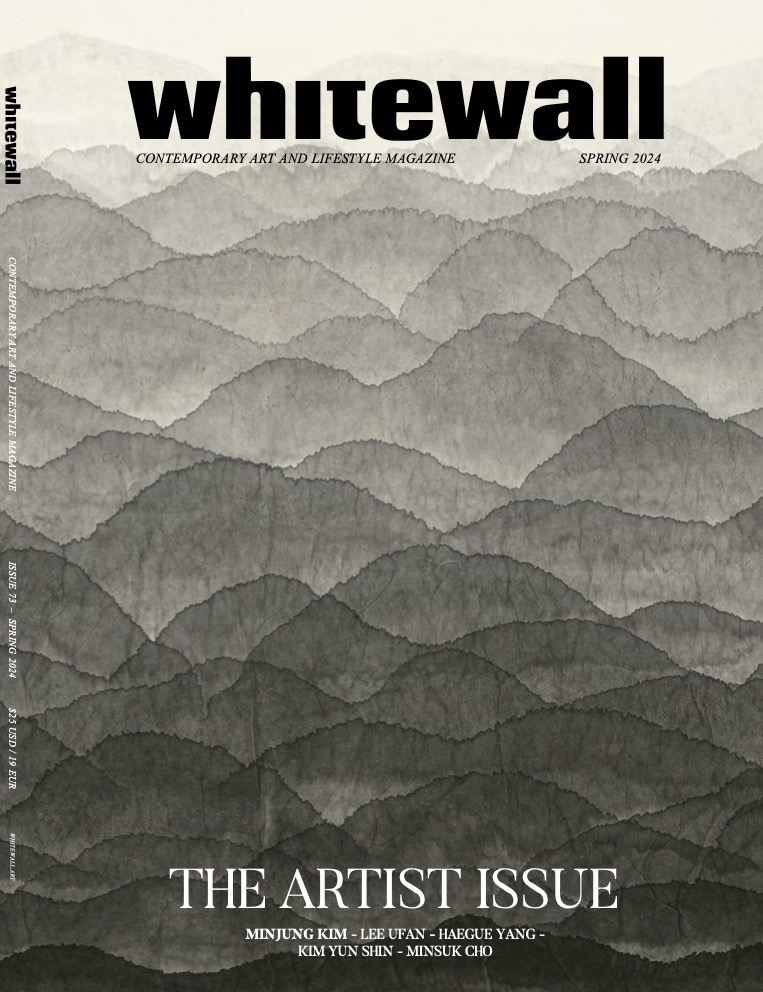True to form, the SXSW Conference and Festivals’ inaugural Art Program is the total convergence of art and technology. Six individual artists or groups were selected to create site-specific works that employ technology as the primary mode of creative expression. From virtual reality tools utilized by Hyphen-Labs and 3D-printing by Akinori Goto to immersive light and sound environments by Circus Family, Raum Industries, Refik Anadol, and art group Nick Verstand, Nikki Hock, and Pandelis Diamantides, the installations transform audiences from passive viewers into participatory actors. The inherently immersive environments created by these artists propel our notion of art beyond traditional static sculptures and two-dimensional works on canvas toward a new medium of understanding and engagement.
Hyphen-Labs’ NeuroSpeculative AfroFeminism (NSAF) combines the digital with the physical by integrating virtual reality with a display of tangible products. Founded by Ashley Baccus-Clark and Carmen Aguilar y Wedge last summer, Hyphen-Labs questions the lack of representation for people of color—especially women of color—within the beauty and design industries. After applying opaquely white sunscreen during a trip to Storm King Art Center, Baccus-Clark was inspired to create Hyphen-Labs’ first product, an invisible sunscreen, as a provocation to question designers about product inclusivity. From that point, the project expanded to include five other product collaborations such as a scarf that functions as a counter surveillance tool, door knocker earrings that double as an audio and visual recording device, and their most speculative product, the Octavia Braids, which act as vehicles to deliver low levels of trans-cranial stimulation.
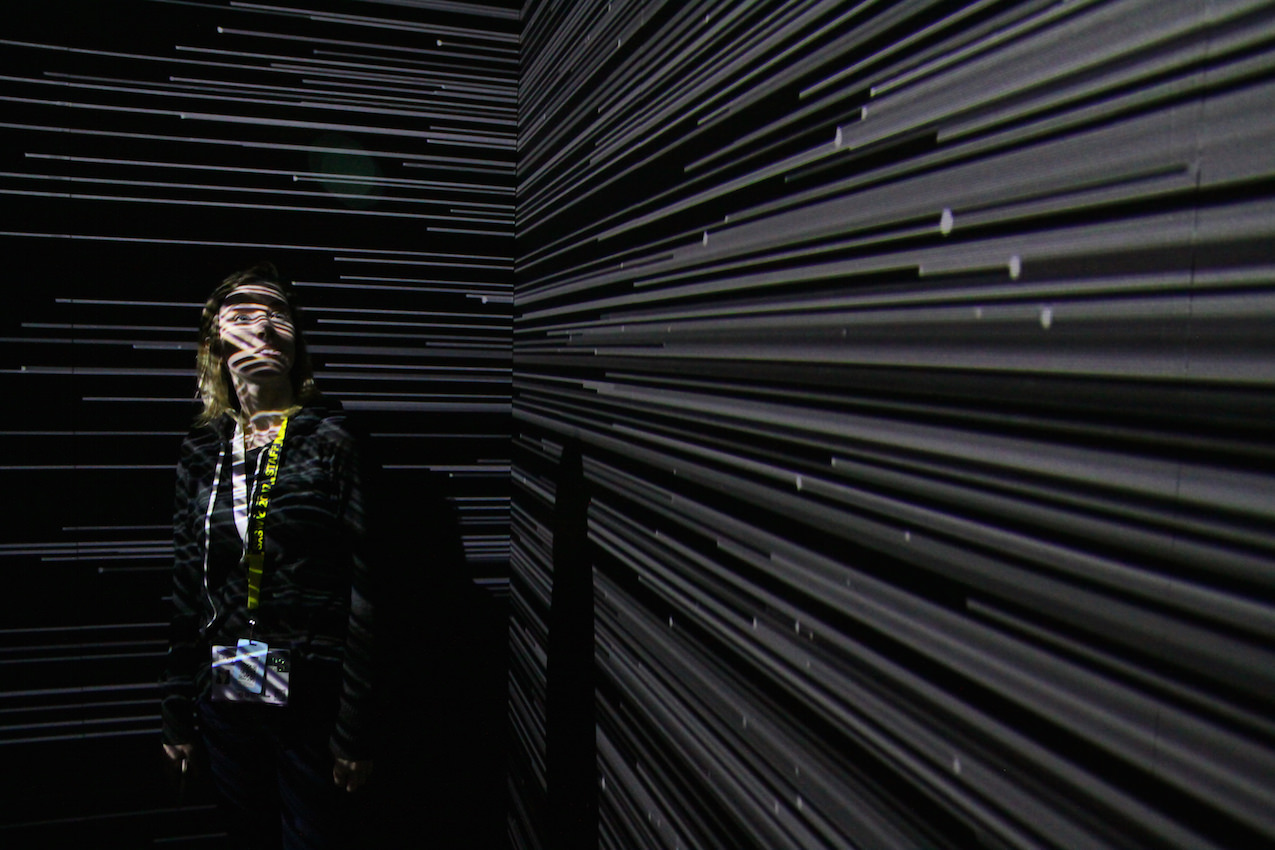
Refik Anadol Infinity Room’s
Photo by Shelley Hiam
The Octavia Braids inspired the VR component of the exhibition, which places viewers inside a neuro-cosmotology lab, where they experience a trans-cranial stimulation that leads to hallucinatory visions made possible through the Octavia Braids. The virtual reality built by Hyphen-Labs is a surreal world that opens up the dialogue around representation and inclusion in an acutely creative and thoughtful manner. Of the experience, Baccus-Clark states, “We like to think of it as mindfulness—of being mindful of the people who you are encountering and of the stories that are being told. It’s less about empathizing with the story and more about engaging with it and enjoying the journey; from this, we want to give people agency to tell their own stories.” This level of audience orientation weaves throughout all of the Art Program’s installations, albeit in slightly different manifestations.
Although less directly narrative-driven than NSAF, Verstand, Hock, and Diamantides’ work titled POV, Anadol’s Infinity Room, and Raum Industries’ Optic Obscura immerses audiences into alternative sensory surroundings where light and sound make you second guess your accepted sense of perspective. For example, POV surrounds visitors with intense, pulsating light until, slowly, the flashes blend into a circuitous rhythm.
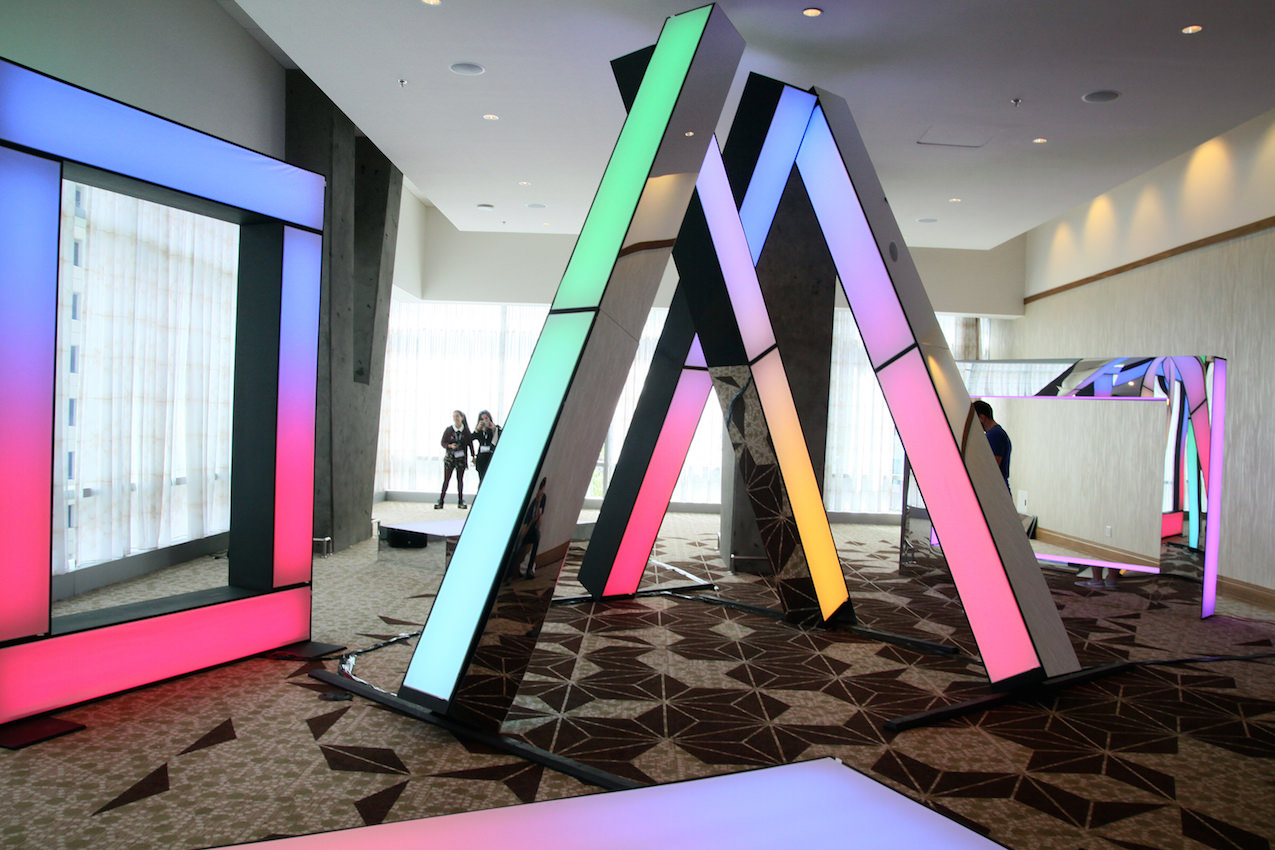
Circus Family’s TRIPH
Photo by Shelley Hiam
Going beyond the eye’s ability to capture light, Anadol tests our grasp of spatiality. Despite the Infinity Room’s rather small dimensions, the mirrors covering the floor and ceiling exponentially magnify the depth of the space the second the undulating, abstract waves and linear beams of light wash over the walls.
Raum Industries continues to parse out this idea of multi-sensory environments, but takes an alternate approach by allowing viewers to actually control the motion and intensity of light. Optic Obscura features hundreds of optic threads that cascade down from an overhanging grid and connect to a touch-screen platform. By running your fingers over the platform, you control the directional flow of light through the threads. Gentle melodies play in the background as users orchestrate a pleasantly hypnotic symphony of light.
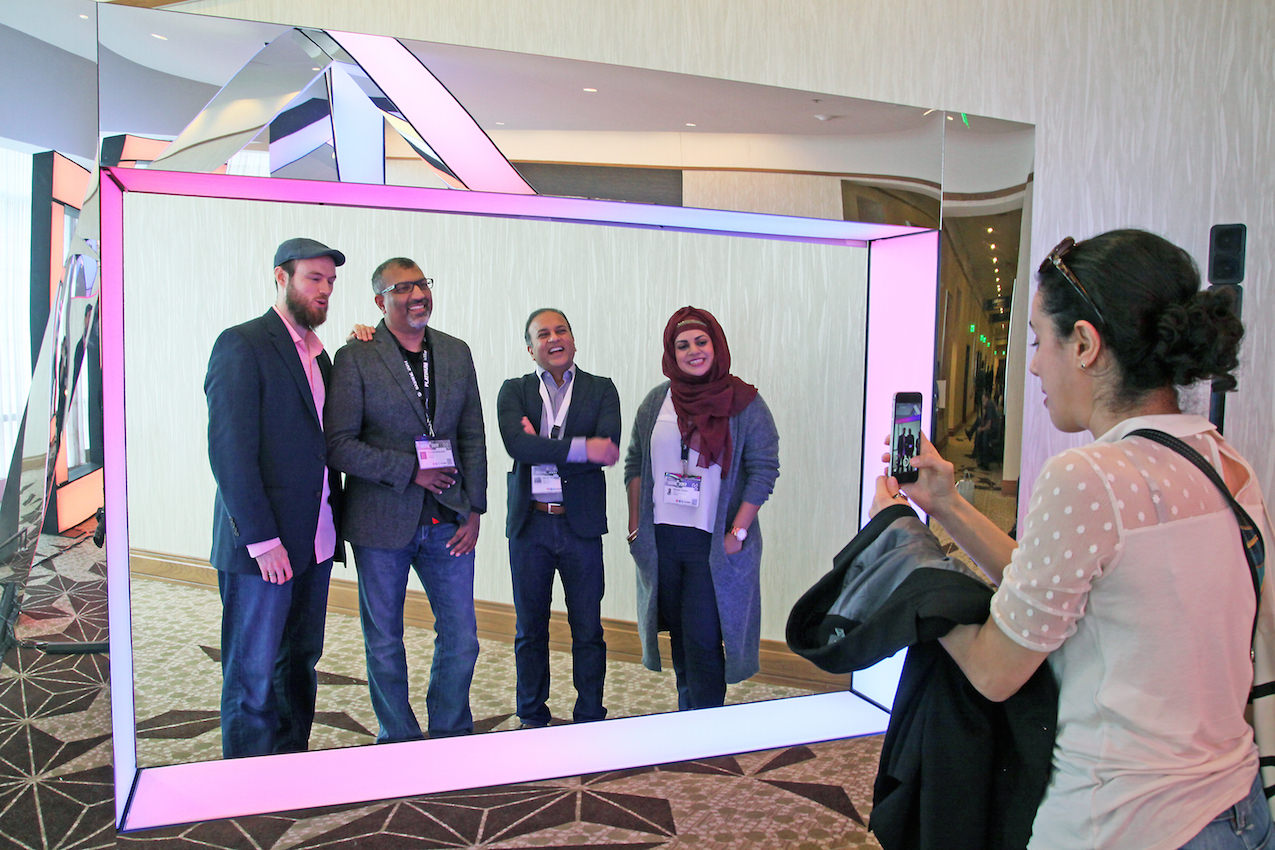
Circus Family’s TRIPH
Photo by Shelley Hiam
Circus Family’s TRIPH is a sculptural installation that colorfully reacts to human spatial relationships and interaction. TRIPH playfully invites us to explore our transforming perspective as we move about the forms, similar to the way minimalist sculpture created by the likes of Donald Judd and Richard Serra, calls to mind our physical relationships to form.
Lastly, Goto’s toki – series #02, comprised of 3D-printed sculptures, communicates time through movement and clever uses of projected light. Three objects make up the installation; one main piece articulating a complete concept of time and two smaller pieces that are studies of chronology and relativity. Delicate threads suspend the 24 components of the large sculpture that represent the 24 hours in a day. Goto describes the piece as a physical incarnation of beauty and time, and built the sculptural works based off the movement of dancers. Standing alone, the artwork appears as a purely abstract form. However, as light projects through the work, human forms emerge and literally dance down and across the constituent parts of the sculpture.
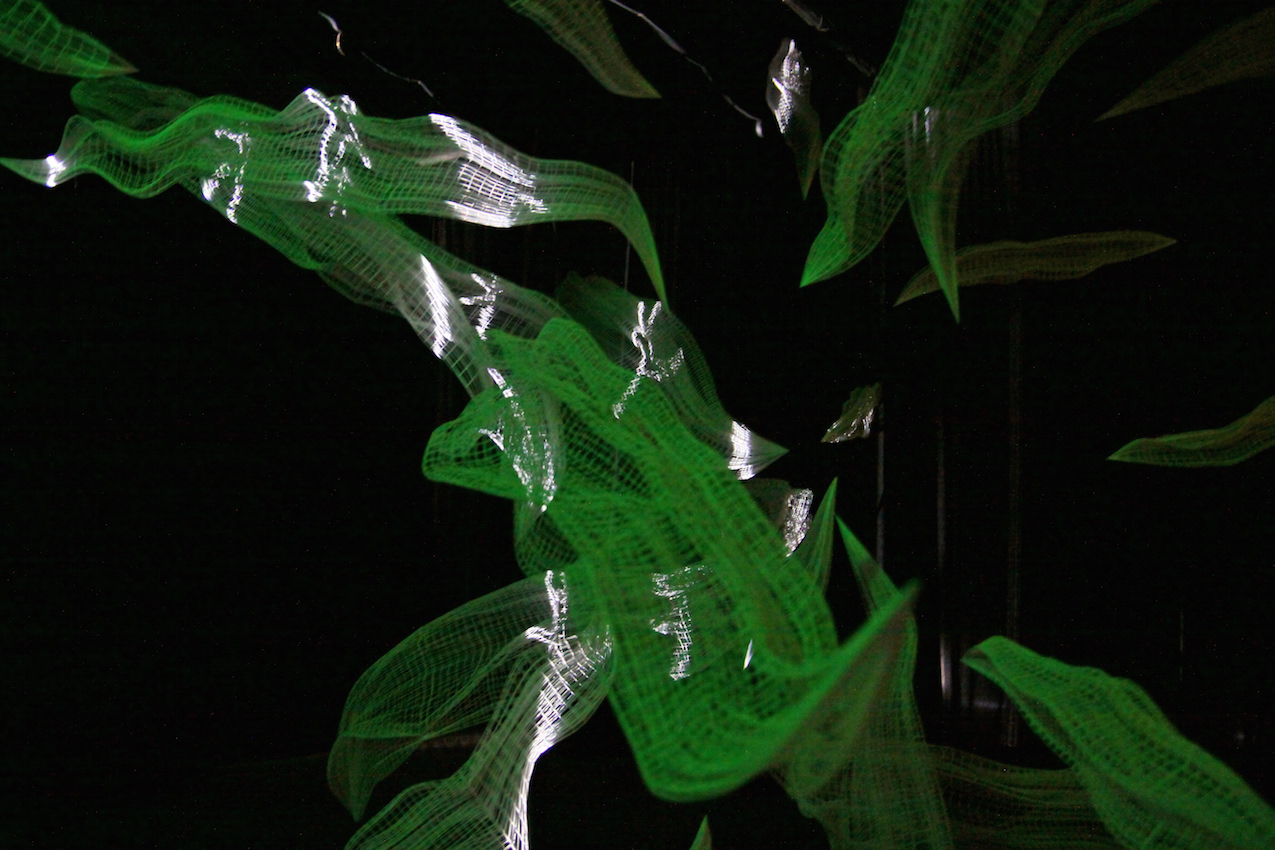
Akinori Goto’s toki – series #02
Photo by Shelley Hiam
Selected by a committee comprised of individuals representing Artsy, Burning Man, Smithsonian Institutions, ArtPlace America and other art industry leaders, this year’s six artists introduce us to the seemingly limitless possibilities of art when combined with technology and leave us begging for more.
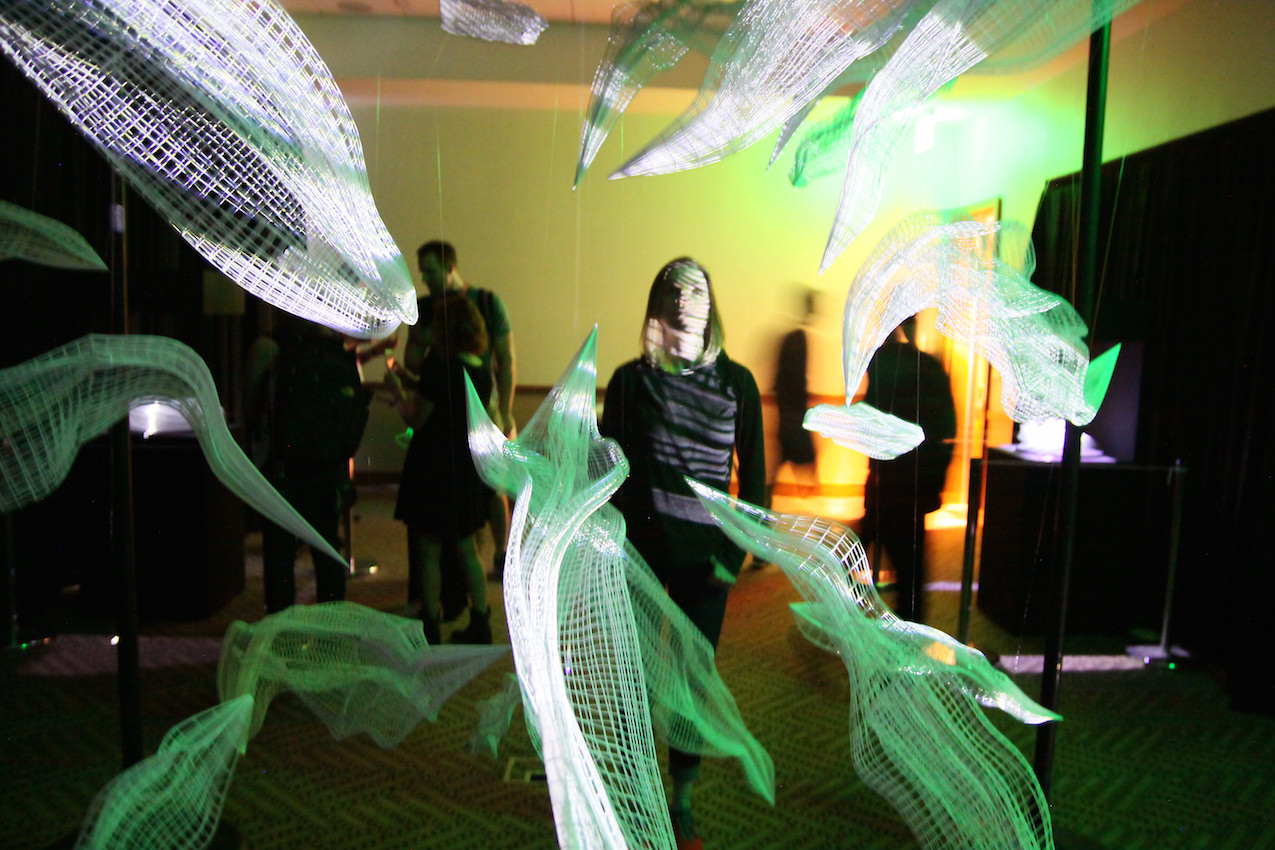
Akinori Goto’s toki – series #02
Photo by Shelley Hiam
The SXSW Conference and Festivals runs from March 10—18 in Austin, TX.
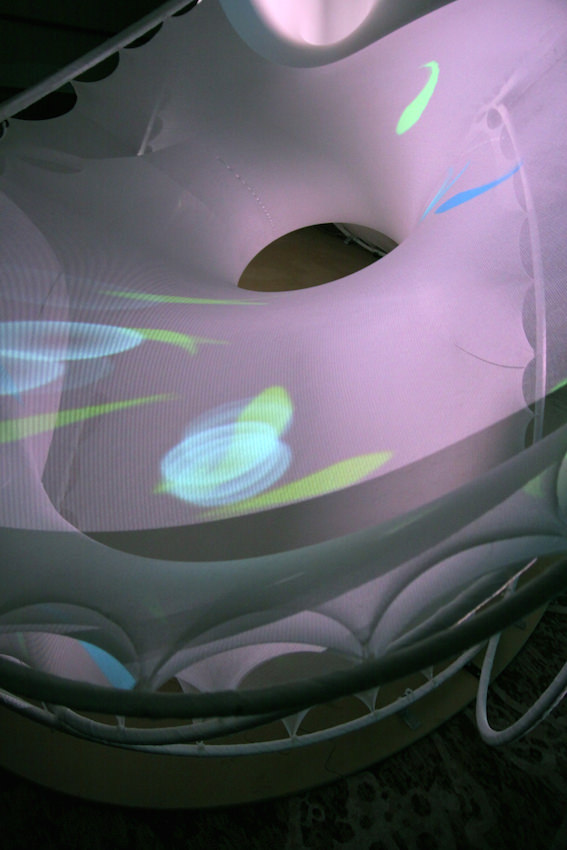
Photo by Shelley Hiam
